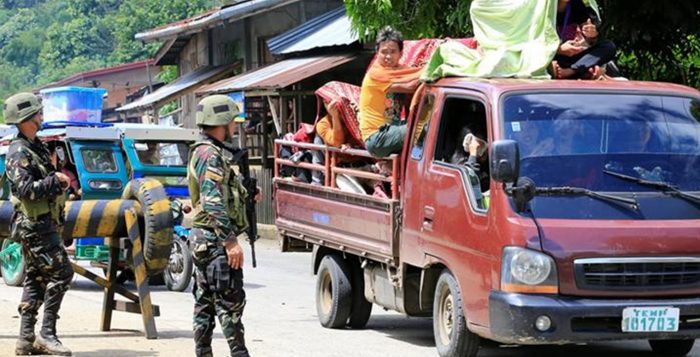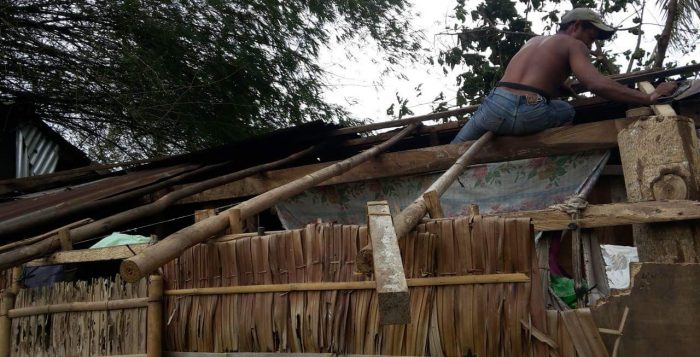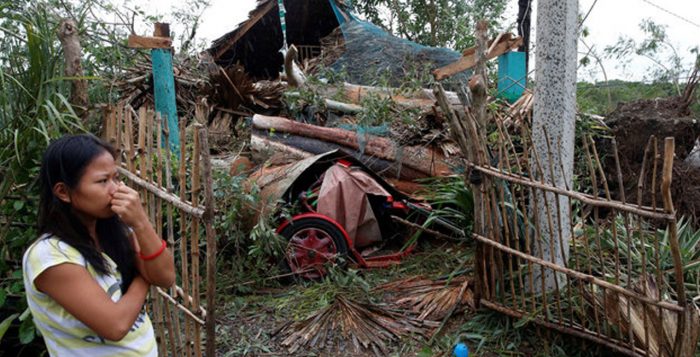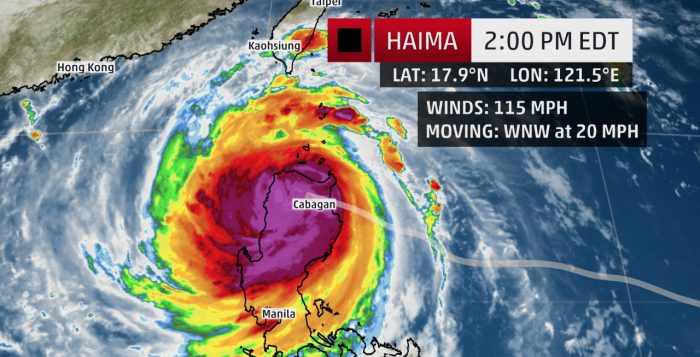Photo credit: http://www.aljazeera.com
An estimated 3,700 people were still trapped in Marawi, a municipality of 201,785 people in Lanao del Sur Province in Mindanao, on Thursday as clashes between government forces and members of the Abu Sayyaf and Maute group continued in the Islamic city, according to the International Committee of the Red Cross (ICRC), which is working to ensure their safe evacuation.
In Manila, ICRC Philippine delegation head Pascal Porchet told the Inquirer that the humanitarian aid group has been able to communicate with members and persons “close to” and “directly involved” with the Islamic State-linked fighters and the Philippine military, requesting safe passage for those still trapped in Marawi. “But the most important thing is, we are here to work hand in hand with the parties involved to ensure the safety and well-being of the people,” Porchet said. “We just hope the civilians will be able to flee safely, and will soon be rescued.”
As the violent clashes on 23rd May erupted, residents of Marawi soon evacuated in large groups to safe zones in surrounding areas, including Iligan City, Lanao del Norte, Cagayan de Oro and Misamis Oriental. Strict checkpoints by both Maute groups and government forces, long traffic lines and lost documentation has slowed the evacuation.
The fighting has made it difficult to reach areas where civilians had sought refuge but the ICRC said it was able to rescue 500 civilians following dialogues with those involved in the fighting, which left large patches of the city in ruins. “We are extremely concerned about the impact of the hostilities on the civilians. Our priority is to address the humanitarian needs of the affected people,” the ICRC said in a report. “We are seriously concerned about reports of civilians who were killed or deliberately targeted, or being held against their will. Civilians are not part of the fighting; they should be protected.”
Only 30,645 individuals or 6,129 families have taken shelter in evacuation centers in nearby cities such as Iligan and Cagayan de Oro and as far away as Davao City. Majority of the displaced have sought refuge in homes of relatives.
The latest information from OCHA and ARRM-Heart on 30th May indicate that estimated 90% of the population of Marawi City has been affected. Marawi residents have left the city without necessities, such as extra clothes, livelihood assets or basic hygiene items. It appears that the Christian community (who represent less than 20% in Marawi) has been particularly targeted by the Maute group. Around 20 Christian civilians were killed when they tried to escape Marawi city at a Maute check point.
Unicef Philippines has called on involved parties in the Marawi conflict to ensure the safety and protection of children affected by the ongoing fighting there. Unicef estimates around 50,000 children have been affected by the conflict by being displaced within Marawi or to other cities in Lanao del Sur and Lanao del Norte; unable to return to their homes; or are in dire need of basic health and sanitation facilities. “We are deeply concerned about actions that may put children’s life and safety at risk and disrupts their overall development or access to basic social services such as education and health care. The estimated tens of thousands of children who, along with their families, have been displaced in and out of Marawi, could face severe long-term impact on their psycho-social health, their physical health as well as having their education disrupted,” warned Unicef Philippines Representative Lotta Sylwander.
As violence continues in Marawi City, there is uncertainty around when the displaced people will be able to return home, placing a serious strain on the resources and facilities available in evacuation centres (ECs) and on the capacity of the local government to accommodate the large influx of IDPs, particularly if the conflict intensifies further or expands.
President Rodrigo Duterte, who declared martial law on Mindanao Island, has approved the creation of a “peace corridor” to hasten the rescue of civilians and delivery of humanitarian aid for displaced people, said presidential spokesman Ernesto Abella.
He said the corridor will be implemented by the government and the main separatist group, the Moro Islamic Liberation Front, which has signed a peace agreement in exchange for Muslim autonomy in Mindanao, the southern third of the Philippines.
Community World Service Asia Response: Community World Service is in contact with local partners in Philippines on updated information on the ongoing conflict. It is closely monitoring and will devise its response plan accordingly.
Contacts:
Emmeline Managbang
Deputy Director
Disaster Management Program
Email: mae.manags@communityworldservice.asia
Ph +93 78 635 0703 / +63 908 102 1016
Palwashay Arbab
Head of Communications
Email: palwashay.arbab@communityworldservice.asia
Ph: +92 42 3586 5338
Sources:
http://www.aljazeera.com/news/2017/05/mindanao-churchgoers-hostage-marawi-siege-170524085829461.html
Start Network Alert – https://startnetwork.org
http://newsinfo.inquirer.net/901709/marawi-conflict-unicef-calls-for-efforts-to-keep-children-safe-protected
http://newsinfo.inquirer.net/901862/3700-still-trapped-in-marawi-city
http://www.philstar.com/headlines/2017/06/01/1705747/civilians-seek-food-water-marawi-clash-continues








